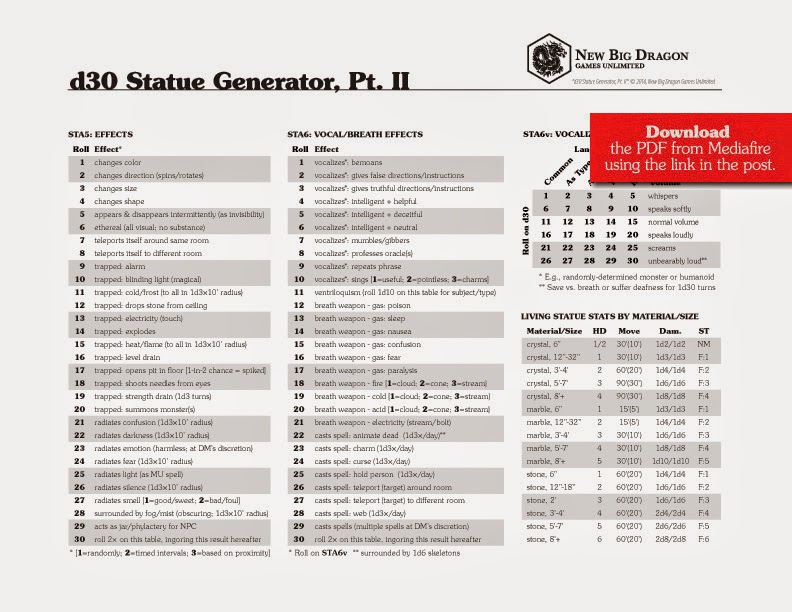
I've been plugging along steadily with my BX mystic class and psionics system (along with a ton of other gaming projects and diversions). But, as of this morning, I'm feeling particularly accomplished. I just finished writing the fifth section of the psionic disciplines.
Since I've tried to go back to Steve Marsh's original concept for psionics (mental abilities based on a character class inspired by Indian mystics), the different groups of disciplines (which Steve Winter did a great job of breaking out in 2e's Complete Psionics Handbook) into 6 different chakras (a concept which, IIUC, Steve Marsh originally intended before Tim Kask hacked up the concept in Eldritch Wizardry).
From an email I received from Steve Marsh: "Major powers correspond to the chachras and the traditional powers so that each character had a consistent core."
This led me to attempt to define the disciplines by chakra (my preferred spelling). All chakras are not open to the first level mystic. New chakras are accessed as the mystic attains new experience levels. (This concept will likely seem familiar to those with knowledge of the 2e psionicist.)
The six chakras I've defined (based on metaphysical teachings,
and hopefully true to SM's ideas) correspond pretty well to the 2e groupings...
1. The Root (Psychometabolic) Chakra provides the mystic power over his or her own body, granting control over its physical aspects.
2. The Sacral (Clairsentient) Chakra connects the mystic to knowledge and information, including the past, present, and future.
3. The Plexus (Psychokinetic) Chakra supplies the mystic with dominion over different forms of matter, including its movement and its state of being.
4. The Heart (Telepathic) Chakra provides the mystic the abilities of communication and thought, including control over emotions and desires.
5. The Throat (Psychoportative) Chakra permits the mystic to access other dimensions and allows the mystic to travel through space and time.
6. The Third Eye (Metapsionic) Chakra is accessible only by a mystic who has accessed the the other five. This chakra is interdisciplinary, and allows the mystic to combine the powers and energies of the other chakras.
As of this morning, I finished the fifth group of disciplines (throat/psychoportative). That means the following sections are complete: 1) the mystic class, 2) the first five groups of disciplines, and 3) the "optional" psionic combat system.
So what's left to write? 1) the third eye/metapsionic disciplines, 2) BX stats for psionic monsters (including the psionic creatures I've written for the Creature Compendium), 3) a "Planar Primer", 4) the "Planar Travel Guide" (planar travel and adventure is HUGE part of Steve Marsh's original concept for the mystic class), and 5) a section on creation and use of astras (supernatural weapons and artifacts related to specific deities, which I see as part of extra-planar adventuring).
The book is likely to come in at 40 pages (plus cover), and I feel like I'm about 80% of the way there with the content (even if that leaves a BUNCH of illustrations to do).
No target on publication, but I imagine I'll start reaching out for some playtesting in the next few weeks. Updates to follow.
(BTW, before you ask about the Creature Compendium... I'm close. Just a few more illustrations to finish up. I just haven't had the time to concentrate on them.)










_page_0012b+copy.jpg)


